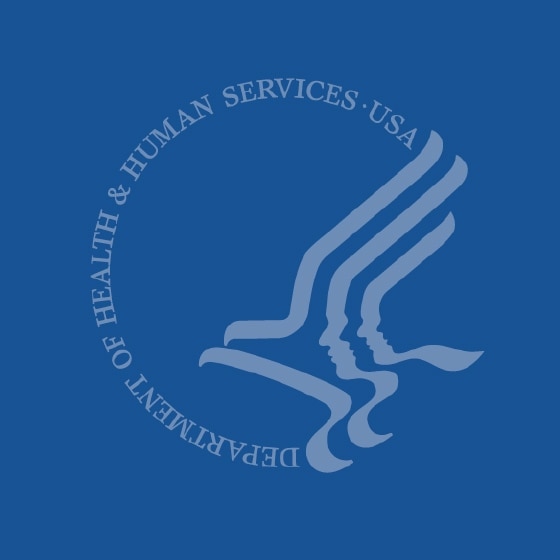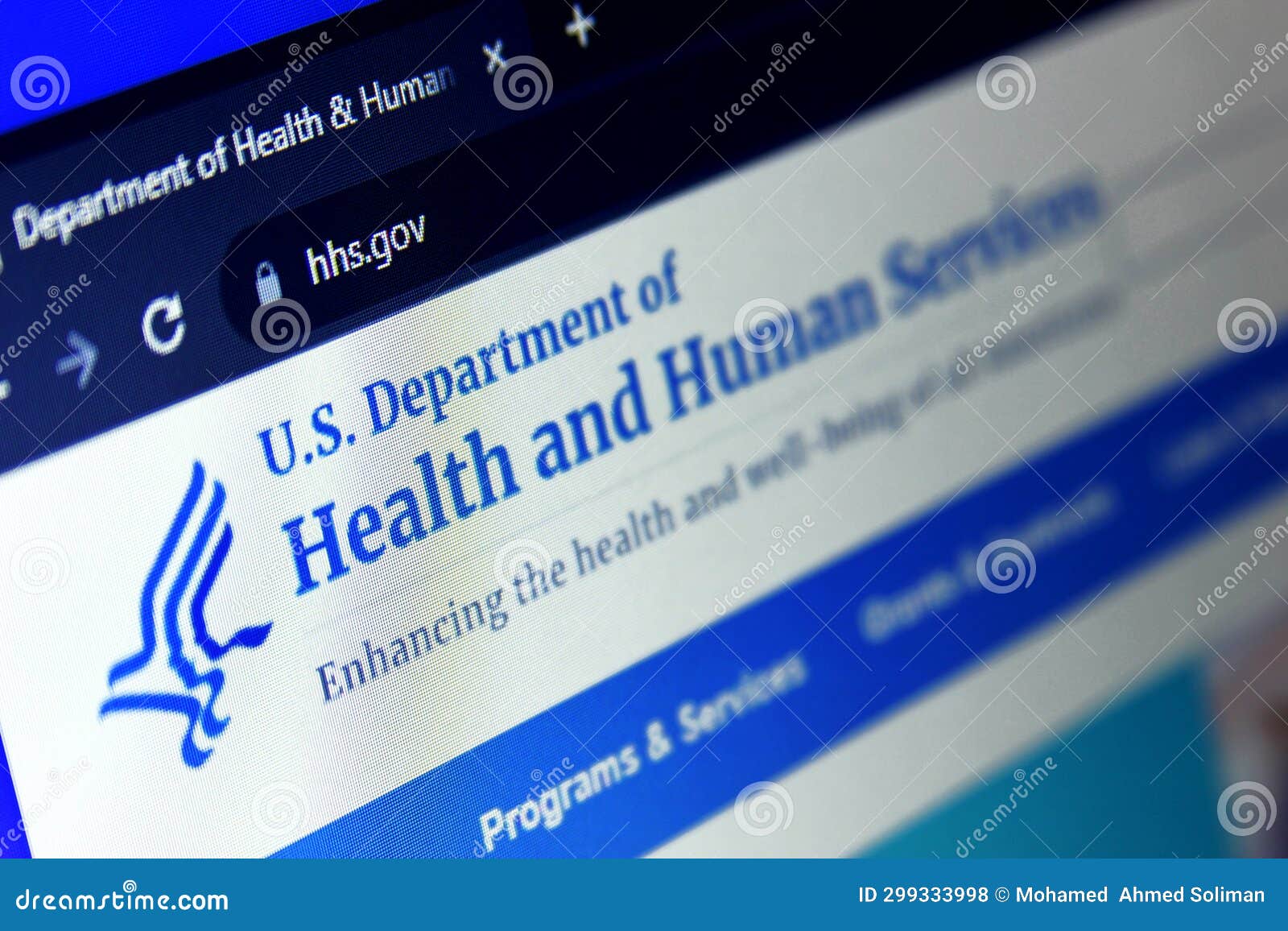US Dept HHS Mail: The Ultimate Guide For Staying Connected
Ever wondered how the US Department of Health and Human Services (HHS) keeps its mail system running smoothly? Well, buckle up because we're diving deep into the world of US Dept HHS mail. Whether you're a curious citizen or someone looking to understand how government communication works, this article's got you covered. From the basics to the nitty-gritty, let's break it down together.
Now, before we dive headfirst into the details, let's set the stage. The US Dept HHS mail isn't just your average email system. It's a powerhouse of information exchange, ensuring that crucial data flows seamlessly within one of the most vital departments of the federal government. So, why does this matter? Well, because staying informed about how your government operates is kinda like having a superpower.
In this guide, we'll explore everything you need to know about US Dept HHS mail. From its purpose to the tools it uses, we'll leave no stone unturned. And hey, if you're looking for insider tips on how to navigate the system or want to know how it impacts your daily life, stick around because we're about to drop some serious knowledge bombs.
Read also:Discovering Harper Rose Barash A Rising Star In Modern Culture
What is the US Dept HHS Mail?
Alright, let's start with the basics. The US Dept HHS mail is essentially the communication backbone of the Department of Health and Human Services. Think of it as the postal service for a massive network of government agencies, healthcare providers, and policy-makers. But here's the kicker—it's not just about sending emails. This system ensures secure, efficient, and reliable communication across all HHS operations.
And guess what? It's not just limited to internal use. The US Dept HHS mail also plays a crucial role in public health initiatives, disaster response, and even global health collaborations. So, yeah, it's kind of a big deal.
Why is HHS Mail Important?
Let's talk importance. The HHS mail system is more than just a fancy email setup. It's a lifeline for public health and safety. Here's why:
- It ensures that critical health information reaches the right people at the right time.
- It supports emergency response efforts during crises like pandemics or natural disasters.
- It facilitates collaboration between federal agencies, state governments, and international partners.
So, the next time you hear about a health alert or a new policy update, chances are the HHS mail system had a hand in making it happen.
How Does the US Dept HHS Mail Work?
Now, let's get into the mechanics. The US Dept HHS mail operates on a secure, cloud-based platform designed to handle massive volumes of data. Here's a quick rundown of how it works:
First off, the system uses advanced encryption to protect sensitive information. This means that your data is safe from prying eyes. Secondly, it integrates with various tools and platforms to streamline communication. Think email, instant messaging, and document sharing—all under one roof.
Read also:Anthony Hopkins A Legendary Actors Journey Through Film And Life
But wait, there's more. The HHS mail system also employs cutting-edge analytics to monitor performance and identify potential issues. This proactive approach helps ensure that everything runs smoothly, even during high-pressure situations.
Tools and Technologies Used
When it comes to tools, the HHS mail system pulls out all the stops. Here are some of the key technologies that make it tick:
- Microsoft 365: The go-to platform for email and collaboration.
- Slack: For real-time communication and team coordination.
- SharePoint: For secure document sharing and storage.
These tools work together to create a seamless user experience, making it easier for HHS employees to stay connected and productive.
Security Measures in HHS Mail
Security is a top priority for the US Dept HHS mail. After all, we're talking about sensitive health information here. So, how do they keep everything secure? Let's break it down:
First, there's multi-factor authentication (MFA). This means users need more than just a password to access the system. It's like having a digital bouncer at the door, making sure only authorized personnel can get in.
Then there's data encryption. All information sent through the HHS mail system is encrypted both in transit and at rest. This ensures that even if someone intercepts the data, they won't be able to read it without the proper decryption keys.
And let's not forget regular security audits. The HHS conducts routine checks to identify and address any vulnerabilities. It's like giving the system a regular health check-up to make sure everything's running smoothly.
Best Practices for Users
While the HHS mail system has robust security measures in place, users also play a crucial role in maintaining security. Here are some best practices to follow:
- Always use strong, unique passwords.
- Enable MFA on your account.
- Be cautious when clicking on links or downloading attachments.
By following these simple steps, you can help keep the HHS mail system secure and protect sensitive information.
Impact on Public Health
The US Dept HHS mail has a significant impact on public health. From disseminating health alerts to coordinating emergency response efforts, it plays a vital role in keeping the public safe and informed.
For example, during the COVID-19 pandemic, the HHS mail system was instrumental in sharing critical information with healthcare providers, government agencies, and the public. It helped ensure that everyone had access to the latest guidance and resources, which was crucial in managing the crisis.
Success Stories
Let's talk success stories. One notable example is the HHS's response to Hurricane Harvey in 2017. Using the mail system, the department coordinated with various agencies to provide timely assistance to affected communities. This included everything from medical supplies to mental health support.
Another success story is the HHS's role in the rollout of the Affordable Care Act. The mail system helped facilitate communication between federal and state agencies, ensuring a smooth implementation process.
Challenges Faced by the HHS Mail System
No system is perfect, and the US Dept HHS mail is no exception. Here are some of the challenges it faces:
First, there's the issue of scalability. As the HHS continues to grow, the mail system needs to keep up with increasing demands. This requires constant upgrades and improvements to ensure optimal performance.
Then there's the challenge of cybersecurity. With cyber threats becoming more sophisticated, the HHS mail system must continually evolve its security measures to stay ahead of potential attacks.
And let's not forget the human factor. Training users to follow best practices and stay vigilant against phishing attempts is an ongoing challenge.
Solutions and Improvements
So, how is the HHS addressing these challenges? Here are some of the solutions they're implementing:
- Investing in cutting-edge technology to enhance scalability and security.
- Conducting regular training sessions for users to raise awareness about cybersecurity threats.
- Collaborating with other agencies and experts to share best practices and innovations.
These efforts are helping the HHS mail system stay ahead of the curve and continue delivering top-notch service.
Future of US Dept HHS Mail
Looking ahead, the future of the US Dept HHS mail is bright. With advancements in technology and a growing emphasis on digital transformation, the system is poised to become even more efficient and effective.
One area of focus is artificial intelligence (AI). The HHS is exploring ways to incorporate AI into the mail system to improve automation and enhance user experience. Imagine having a virtual assistant that can handle routine tasks and provide real-time support—pretty cool, right?
Another exciting development is the expansion of mobile capabilities. The HHS is working on making the mail system more accessible on mobile devices, allowing users to stay connected no matter where they are.
What to Expect
So, what can we expect from the future of US Dept HHS mail? Here are a few predictions:
- Increased use of AI and machine learning to enhance functionality.
- Improved mobile capabilities for greater accessibility.
- Enhanced security measures to protect against emerging threats.
These advancements promise to make the HHS mail system even more powerful and user-friendly in the years to come.
Conclusion
And there you have it—a comprehensive look at the US Dept HHS mail. From its purpose and functionality to its impact on public health and future developments, we've covered it all. The HHS mail system is a crucial component of the federal government's communication infrastructure, and understanding how it works can give you a deeper appreciation for the complexities of modern governance.
So, what's next? If you found this article informative, don't forget to share it with your friends and colleagues. And if you have any questions or comments, feel free to drop them below. Let's keep the conversation going!
Table of Contents:
- US Dept HHS Mail: The Ultimate Guide for Staying Connected
- What is the US Dept HHS Mail?
- Why is HHS Mail Important?
- How Does the US Dept HHS Mail Work?
- Tools and Technologies Used
- Security Measures in HHS Mail
- Best Practices for Users
- Impact on Public Health
- Success Stories
- Challenges Faced by the HHS Mail System
- Solutions and Improvements
- Future of US Dept HHS Mail
- What to Expect
- Conclusion


